4 things we want in a Surface 4 powered by ARM
With Windows 10 coming to ARM this year, it's hard not to imagine a new device in the original Surface family.
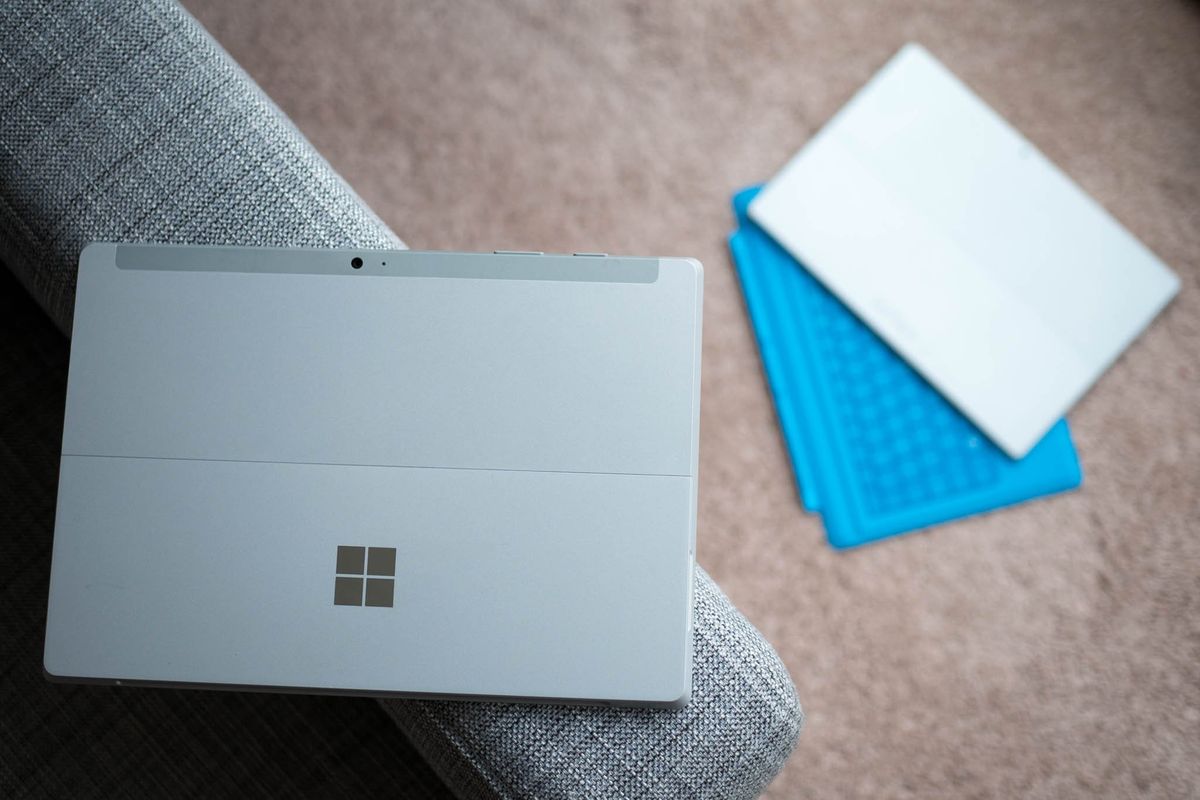
The original Surface RT and Surface 2 were both ARM devices that were locked to the Windows Store, meaning they ultimately failed to gain any traction in the tablet PC market. With the Surface 3, Microsoft changed things up a little by bringing the line to low-end x86 chips with the Intel ATOM. This allowed it to run normal desktop apps, which, as a result, solved the problem that plagued both the Surface RT and Surface 2.
Intel since killed those ATOM chips, meaning there's no viable low-end CPU out there that would make sense in a low-powered Surface 4 device. If Microsoft wants to continue building low-powered Surface devices, it needs two things: desktop app support, and low-powered, low-cost CPUs. Luckily, with Windows 10 coming to ARM, the company can do just that. A Surface 4 powered by a Snapdragon 835 processor with full Win32 emulation would mean you could download your favorite programs from the web without being locked to the Windows Store. It just makes sense.
With that in mind, there are a few more things I'd like to see show up with a Surface 4 powered by ARM. The Surface 3 is an amazing little tablet that's great for light web browsing, email and games. But it's not perfect. Here's what I'm hoping Microsoft improves with the Surface 4.
1. Infinite kickstand
The Surface 3 is currently limited to just three positions of the kickstand, which is plenty for most people. It'd be nice, however, if Microsoft gave us the same infinite-position kickstand found on the Surface Pro 3 and Surface Pro 4. It's nicer, feels better to adjust and allows for much more control when in your lap.
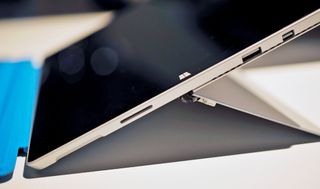
"Lapability" is a phrase only ever brought up when talking about Surface devices, and while the Surface 3 did a good job at being "lapable", due to its kickstand being limited to just three positions, it meant not everyone had a comfortable angle to work from on their lap. A kickstand mechanism from the Surface Pro 4 would solve this problem.
2. Bigger screen, same overall size
Similar to what Microsoft did with the Surface Pro 4, I'm hoping Microsoft increases the size of the Surface 4 screen by 0.3 inches, which would minimize screen borders while maintaining that same 10-inch device size. This would remove the Surface home button from the screen, but Windows 10 doesn't really benefit from that button anyway.
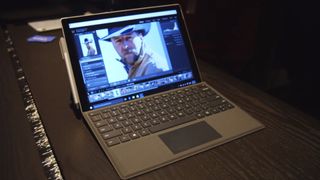
It would also allow for a slight increase in screen real-estate, which would make Windows feel less claustrophobic when working with multiple windows. The Surface 3's screen suffers from feeling compact, so increasing its screen size just a little bit would help.
Get the Windows Central Newsletter
All the latest news, reviews, and guides for Windows and Xbox diehards.
3. Improved type cover
Microsoft almost nailed the type cover on the Surface 3, with its excellent key travel but slightly-small trackpad. However, there's still room for improvement. I'd like to see Microsoft introduce a type cover for the Surface 4 that has the same key design as the Surface Pro 4 type cover, with a slightly wider trackpad for precision and a Windows Hello fingerprint reader.
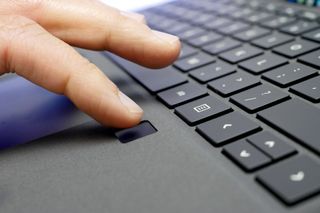
For cost reasons, I don't expect the Surface 4 to feature facial recognition, so some form of Hello via the type cover makes sense. I'm also hoping Microsoft introduces more color variants of the type cover and maybe even different textures and materials. It'd be nice to see an Alcantara type cover for the smaller Surface 4, right?
4. Better battery life
Last but not least, I'm hoping Microsoft is able to improve the battery life on the Surface 4. Considering it'll hopefully be powered by ARM, you can guarantee there'll be improvements in the standby department, but I'm hoping there'll be some improvements to battery life when in use, too.
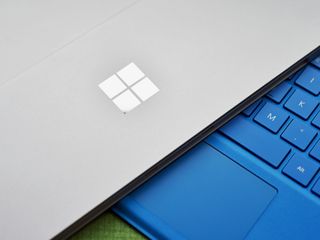
I'm not saying battery life on the Surface 3 is bad, but I am hoping for some minor improvements in this department with the Surface 4. A device that lasts a little bit longer is never a bad thing.
That's what I'm hoping to see on a Surface 4 powered by ARM. What would you like to see?
